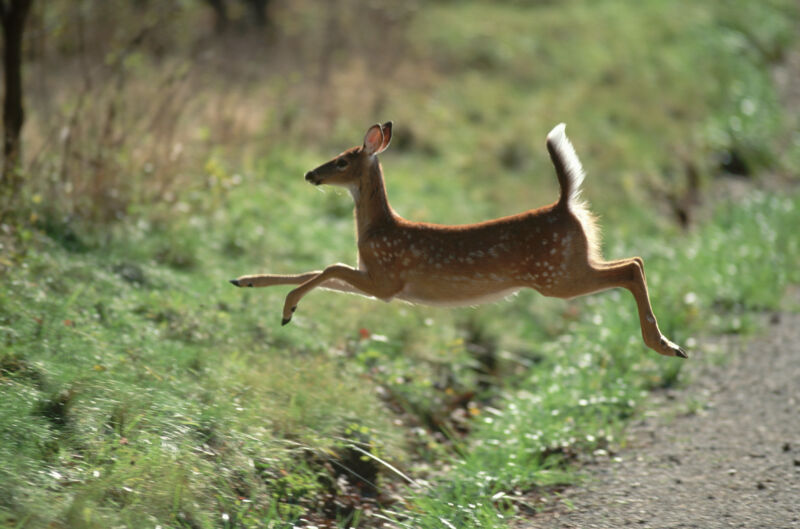New study suggests SARS-CoV-2 spreading widely within wild deer population

Enlarge (credit: Raymond Gehman / Getty Images)
Earlier this year, researchers found that many wild deer in Michigan had antibodies that suggested the animals had been exposed to SARS-CoV-2, the virus that causes COVID-19. It was a significant cause for concern, as a large population of susceptible animals could act as a reservoir that allows the virus to spread back to humans.
At the time, however, uncertainties abounded. The study looked at only a small sample of the deer population of one state-we didn't know how the animals were exposed, and we didn't know whether the virus was actually spreading among wild deer. Since then, a few of the blanks have been filled in. Critically, deer-to-deer transmission has been observed in captivity. On Monday, a preprint of a new paper answered some more questions, showing that infection is widespread in a second state, driven both by its spread from humans and deer-to-deer transmission.
Overall, the news is not especially good, though we still don't understand what risks it may pose to humans.
Read 15 remaining paragraphs | Comments